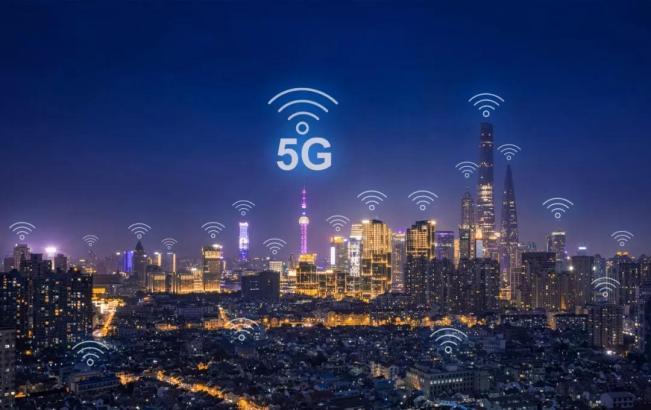New chip will thwart 5G wireless transmission eavesdroppers

According to a paper published in the latest issue of "Nature Electronics", American researchers have developed a new millimeter-wave wireless microchip that implements a secure wireless transmission method that can prevent interception without reducing The efficiency and speed of 5G networks. This technology will make it very challenging to eavesdrop on high-frequency wireless transmissions such as 5G.
Existing communication encryption methods may be difficult to extend to high-speed and ultra-low latency systems such as 5G. This is because the nature of encryption requires the exchange of information between the sender and receiver to encrypt and decrypt messages. This exchange makes the link vulnerable to attacks, and it also requires calculations that increase latency. For self-driving cars, robots, and other cyber-physical systems, minimizing action time is essential.
To bridge this security gap, Princeton University researchers have developed a method that incorporates security into the physical properties of the signal. This method does not rely on encryption, but frustrates the eavesdropper's attempts by making the signal at the location of the eavesdropper almost look like noise. The researchers did this by randomly splitting the message and assigning different parts of the message to a subset of the antennas in the array. Researchers can coordinate transmissions so that only receivers in the intended direction can combine the signals in the correct order. Anywhere else, the divided signal arrives in a noise-like manner.
According to the researchers, in principle, this is the secret weapon behind transmission security-through precise spatial and temporal modulation of these high-frequency electromagnetic fields. If an eavesdropper attempts to intercept the message by interfering with the main transmission, it will cause transmission problems and be detected by the intended user. Although in theory, it is possible for multiple eavesdroppers to work together to collect noise-like signals and try to reassemble them into coherent transmissions, the number of receivers required to do so will be "very large."
Rice University professor Edward Knightley said that this work demonstrated for the first time through experiments how to use machine learning data collected from multiple simultaneous observation points to defeat a complex adversary, which is "an important part of ensuring future cyber security." milestone".
Editor-in-chief
Information transmission in the Internet age has brought convenience and speed to people, and at the same time it has also given birth to the demand for information security. In order to realize the security of information transmission, scientific researchers and engineers in the field of information communication can be described as having their own magical skills. At the escape. The latest research is to ensure the security of information transmission through precise space and time modulation of high-frequency electromagnetic fields, providing a new choice for information security in the 5G era.